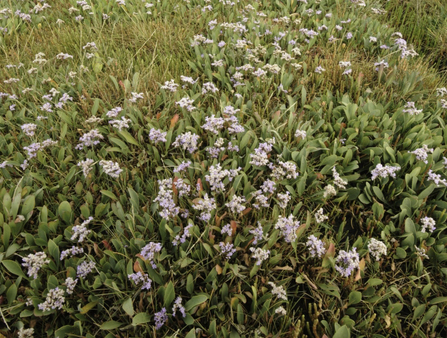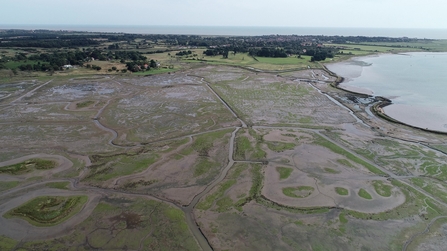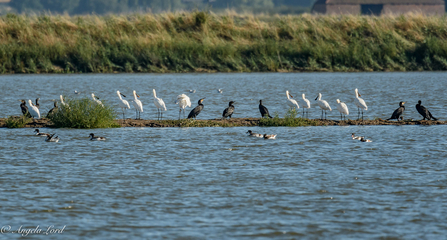It could be so easy to dismiss saltmarshes and mudflats as uninspiring, almost featureless habitats in the estuarine and coastal landscape. Nothing could be further from the truth of course, as these vital components of the intertidal zone function so positively for the environment on so many counts.
Saltmarshes have a unique and uncommon flora of extremely tough, salt-tolerant plants, capable of withstanding regular immersion in saline waters. This is a land of sea lavender, purslane, aster, spurrey and samphire, and on the higher transitional zones covered by only the biggest tides, grassland species become comfortably juxtaposed with these saline specialists to produce a more species-rich zone. Saltmarsh is a relatively rare UK Biodiversity Action Plan (BAP) habitat, with Suffolk probably having around 2.5-3% of the overall UK figure for this habitat. Estimates of total area vary, but it is well documented by scientific study that overall figures are declining every few years.



